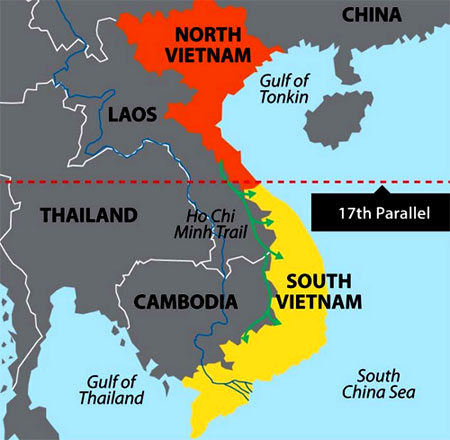Wild Weasel is a
code name given by the
United States Armed Forces, specifically the
US Air Force, to an aircraft, of any type, equipped with
anti-radiation missiles and tasked with the
Suppression of Enemy Air Defenses: destroying the radar and
Surface-to-Air Missile installations of enemy
air defense systems.
[1][2] "The first Wild Weasel success came soon after the first Wild Weasel mission 20 December 1965 when Captains Al Lamb and Jack Donovan took out a site during a
Rolling Thunder strike on the railyard at Yen Bai, some 75 miles northwest of Hanoi."
[3]
The Wild Weasel concept was developed by the
United States Air Force in 1965, after the introduction of
Soviet SAMs and their downing of U.S. strike aircraft over the skies of
North Vietnam.
[4] The program was headed by General Kenneth Dempster.
Wild Weasel V
The F-4E, the most advanced Phantom variant with extensive ground-attack capabilities and an internal gun, became the basis for the F-4G Wild Weasel V (also known as the Advanced Wild Weasel). This modification consisted of removing the gun and replacing it with the APR-38(t) Radar Homing and Warning Receiver (later upgraded to the APR-47), and a cockpit upgrade for the back seat to manage the electronic combat environment. A total of 134 F-4G models were converted from F-4Es with the first one flying in 1975. Squadron service began in 1978.
F-4Gs were deployed to three active wings. One was stationed at George AFB, Victorville, California, as part of the Rapid Deployment Force; one wing was assigned to USAFE (US Air Forces in Europe) at Spangdahlem AB, Germany; and the other to PACAF (Pacific Air Forces) at Clark AB, Philippines. F-4Gs from George AFB, Clark AB and Spangdahlem AB saw combat during Operation Desert Storm in 1991, successfully protecting strike packages from enemy air defenses.
During this conflict the F-4G saw heavy use, with only a single loss: an aircraft from Spangdahlem AB crashed in Saudi Arabia while returning from a mission, after one of the AGM-88 HARM anti-radiation missiles hang fired which left the aircraft's instruments not displaying the correct altitude information and a significant frame tweak from the damage made the plane hard to control. After an investigation into the loss of the aircraft which occurred during several aborted landing attempts in a sandstorm, it was determined that a fuel cell was punctured by anti-aircraft fire. The pilot and EWO safely ejected after the engines shut down when the aircraft ran out of fuel attempting to land at a forward airstrip.
After Desert Storm, some of the George AFB aircraft were assigned to the 124th Wing of the Air National Guard at Boise, Idaho, 190th Fighter Squadron. Aircraft from Spangdahlem, Clark, and the remainder from George were assigned to the 561st Fighter Squadron, 57th Fighter Wing (Active Duty) at Nellis AFB, Las Vegas. The aircraft remained in service until 1996, with both squadrons participating in frequent deployments to Saudi Arabia and Turkey in support of Operation Provide Comfort, Operation Southern Watch, and Operation Vigilant Warrior enforcing the no-fly zones over Iraq. By this time the F-4G was the last operational variant of the Phantom II in the US forces. Many of the airframes were later used as target drones and Aircraft Battle Damage Repair training aids.
















